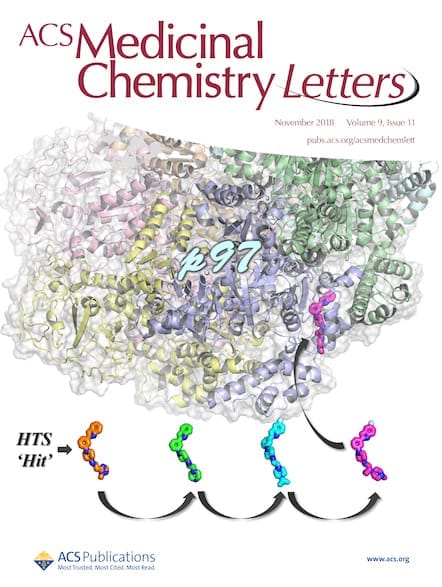Last year, ACS Medicinal Chemistry Letters and the chemistry community grieved the loss of MCL Associate Editor Maurizio Botta. Botta was a member of the journal’s Editorial Board since 2012 and to honor his contributions, MCL recently released a special issue titled, “In Memory of Maurizio Botta: His Vision of Medicinal Chemistry.” I chatted with […]

Last year, ACS Medicinal Chemistry Letters and the chemistry community grieved the loss of MCL Associate Editor Maurizio Botta. Botta was a member of the journal’s Editorial Board since 2012 and to honor his contributions, MCL recently released a special issue titled, “In Memory of Maurizio Botta: His Vision of Medicinal Chemistry.” I chatted with the special issues guest editors Lorenzo Botta and Mattia Mori on bringing this issue to life:
What do you think Maurizio’s greatest accomplishment was for the ACS Medicinal Chemistry Letters community?
One of the most important personal accomplishments of Professor Maurizio Botta was undoubtedly to become an associate editor of ACS Medicinal Chemistry Letters. This role in the editorial board of this prestigious journal was a special acknowledgment for his scientific carrier.
What can readers look forward to in this special issue?
Regarding the ACS Medicinal Chemistry Letters community, Maurizio’s greatest accomplishment was the participation and sponsorship of two successful special issues entitled “New Frontiers in Kinases” in 2014-2015, and “Highlighting Medicinal Chemistry in Italy” in 2019. The first was a collection of special issues promoted by ACS Medicinal Chemistry Letters, Journal of Medicinal Chemistry, ACS Chemical Biology, and Biochemistry as a joint effort. The latter was a Special Issue promoted by Maurizio and published on ACS Medicinal Chemistry Letters.
In the novel Special Issue “In Memory of Maurizio Botta: His Vision of Medicinal Chemistry” the reader can find a collection of articles reflecting the concept that Maurizio considered as the greatest advancement in the pharmaceutical field, i.e. the multidisciplinary approach. In this issue, in fact, several works that are the result of the interplay between computational, synthetic, biological, and pharmacological approaches have been published. Moreover, a series of articles that spans from natural products evaluation, to the development of useful computational and NMR methodologies, passing through the use of more classical approaches for the identification of bioactive derivates, can be found in the issue.
